The village
The ancient village of Caramanico Terme is located in the heart of the Maiella National Park.
The ancient village of Caramanico Terme is located in the heart of the Maiella National Park.
It was founded in the 7th century, at the height of the Lombards era, by Duke Theodolapius who had it built on a promontory located above the confluence of the Orta and Orfento rivers, perched on a naturally defended ridge.
The Lombard origins
The village unwinds on a ridge line from which all the narrow and suggestive alleys of the village branch out, characterised by the distinguishable spindle-shape, typical of the architecture of medieval villages. In the upper part of Caramanico, on the top of the ridge, there is the fortification, which in the past must have been secured not just by the castle, nowadays left in ruins, but also by the church of Santa Maria Maggiore, the main religious structure of the town.
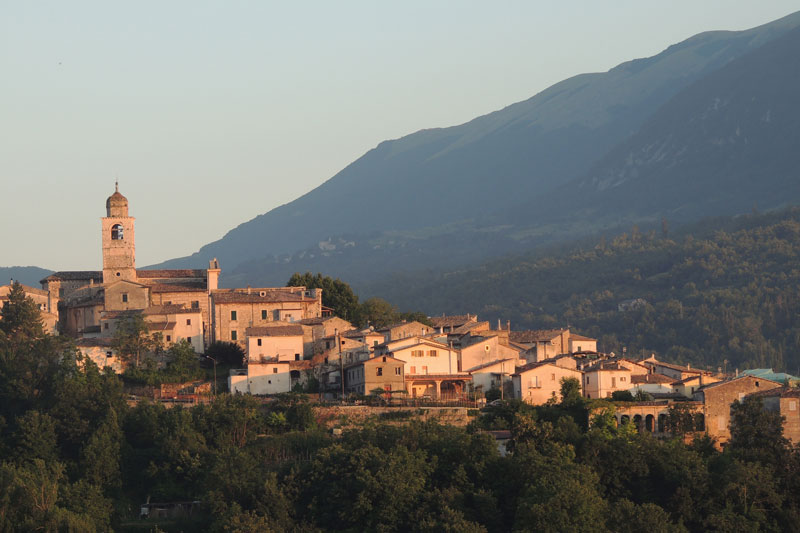
The history of Caramanico, its thermal waters, its peculiar conformation and the position in the heart of the Maiella National Park, allowed the village to be inclued in the list of Italy's Most Beautiful Villages.
In order to be inclued in the prestigious list of Italy's Most Beautiful Villages it is necessary to meet some requirements, such as thee presence of architectonical elements that represent the history of the village, the care of building facades and of green areas, alongside with a number of initiatives of territorial enhancing as the presence of info points, authorised tourist guides, art craftsmen and the organisation of original and quality events.

Abbeys, miracles, landscapes
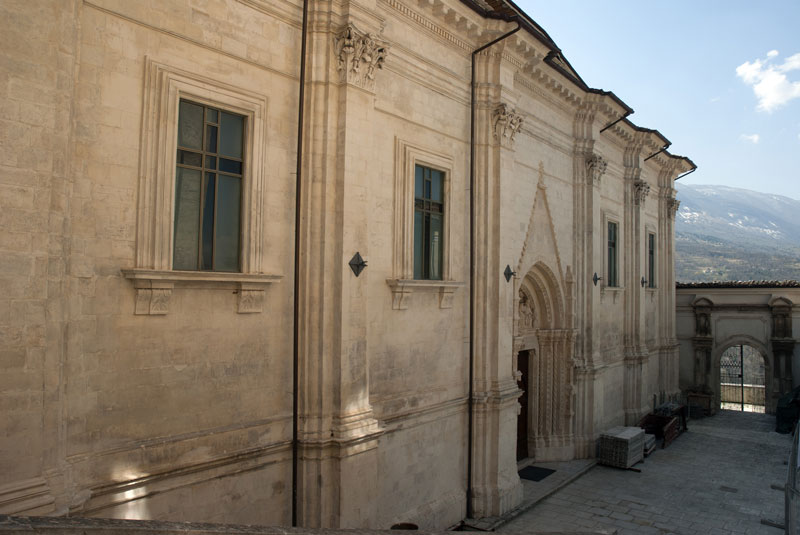
The building is distinguishable for its magnificent gothic style portal of 1452, surmounted by a lunette with a refined high-relief made by Johannes of Lubec in 1476, depicting the crowning of the Virgin. The inside of the abbey, renovated in the 16th century, is enriched by the late-1500s altar of the Virgin made with the Maiella stone, with polychrome marbles and twisted columns. There is also a wooden crucifix of the 15th century: if observed from left to right, it shows Christ's face first suffering, then agonising and eventually dead.
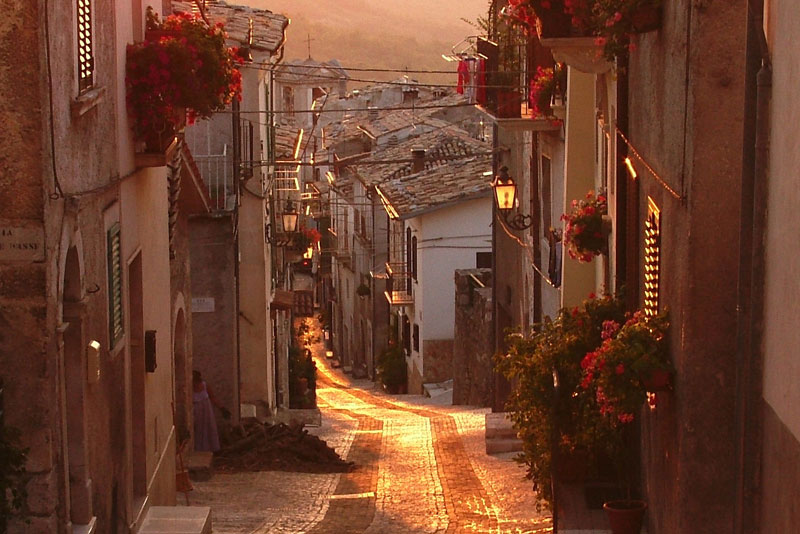
The area of Piazza Garibaldi has a 19th century style, as suggested by the architectonical style of the buildings and the mascarons fountain. Even if the plaster has gradually covered the fair-faced masonry, the San Maurizio neighbourhood is still the heart of the village where the depictions of the Virgin Lady made by local stonemasons are scattered in the streets, placed in votive shrines.
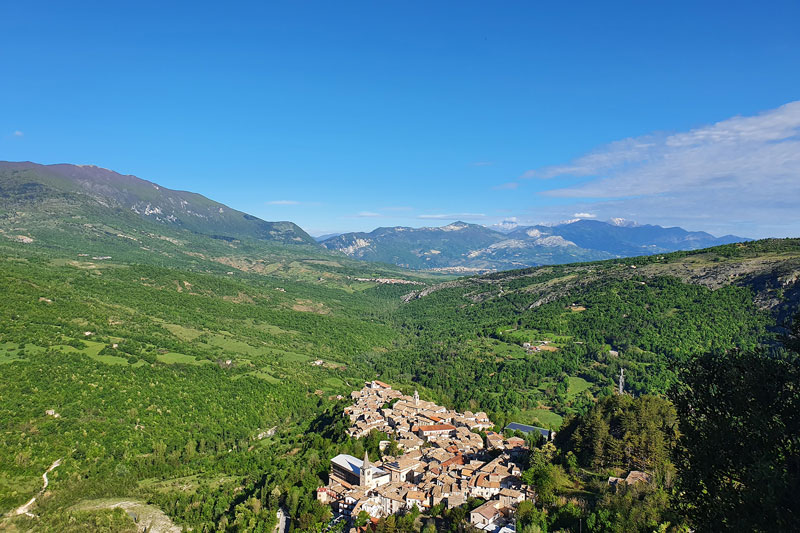
From the church of the Madonna del Castello a short path leads to the top of Colle Civita. Here, at 800 m of altitutide, is located a suggestive panoramic point dominating the village of Caramanico Terme and the Orta Valley, with also a gorgeous view on the Morrone mountain. Nearby the top of the hill there are also the remains of a small dome huts village, made with dry stone and used in the past by Caramanico's farmers as summer residences.

Along via Verdi it is possible to come across two 18th century buildings enriched with heraldic coat of arms, built after the 1706 earthquake, when the old medieval village was replaces by more solid and important structures, as the D'Aquino and Salerni palaces.
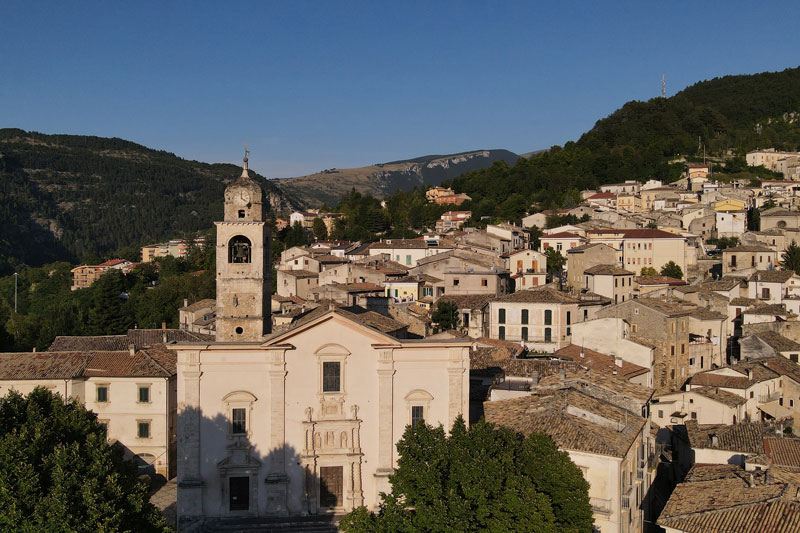
From Via Duca degli Abruzzi it is possible to visit the lower part of the village, the most authentic one, not interested by demolition works during the 19th century. The ancient village keeps the church of San Nicola di Bari, showing a sober neoclassic facade framing the mannerist portal of 1592.
Romanesque abbey of San Tommaso Becket
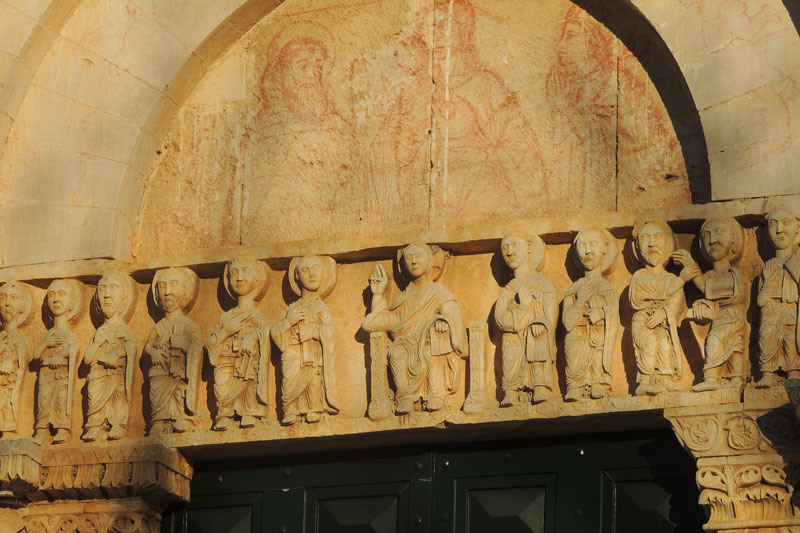
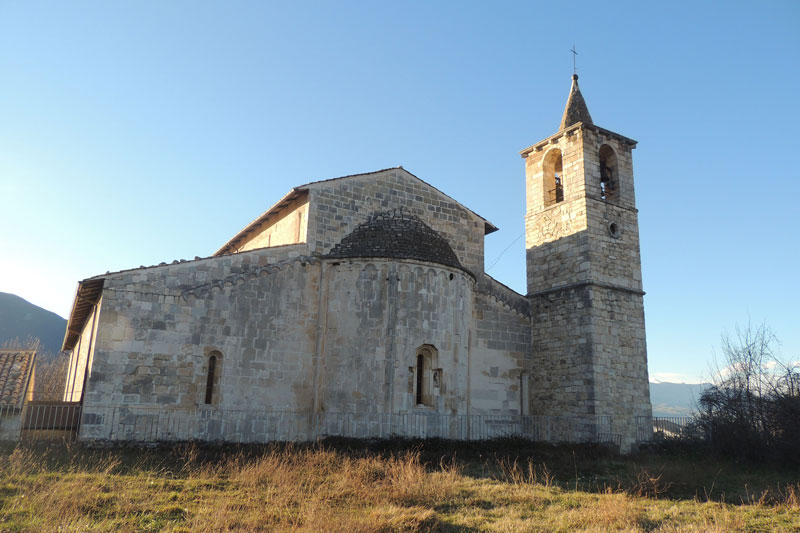
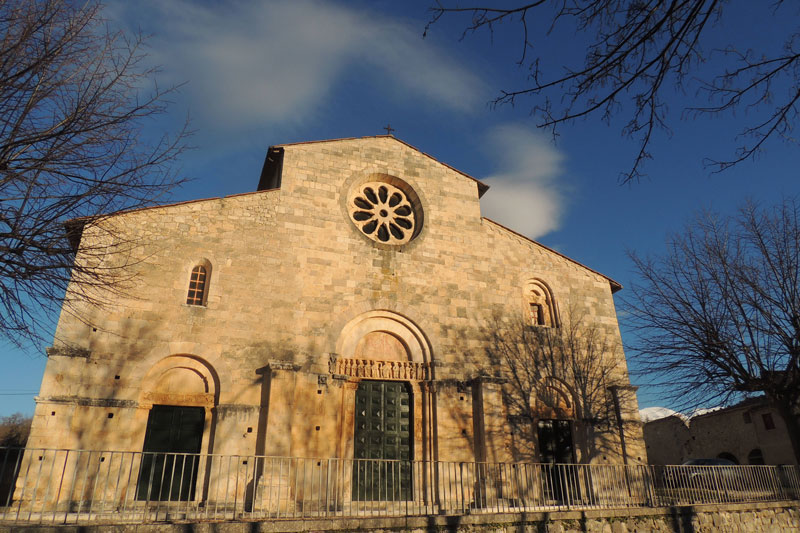
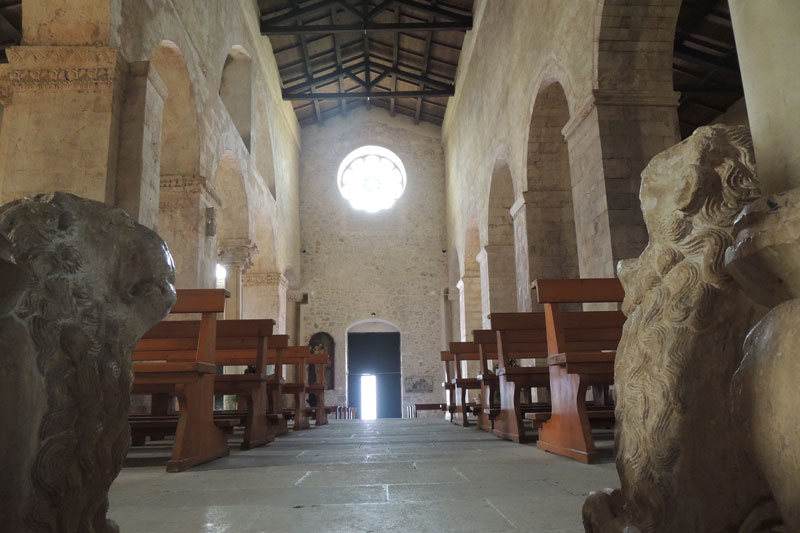

Five kilometres from the centre, in the San Tommaso district, rises the most important religious structure of the area, the Romanesque abbey of San Tommaso Becket, started in 1202 along with the annexed monastery and left partially unfinished.
Despite the renovations and the collapses due to earthquakes, the church still preserves art treasures, suchs as the splendid high-relief depicting the blessing Christ with the twelve Apostles on the central portal and the 13th century frescoes located inside.
Coming in from the main door it is possible to come across the holy column on the right. It is a weird monolith with a Corinthian capital believed to be miraculous by who rubbed against it. In the crypt a natural spring well refers back to old pre-Christian cults and to the thaumaturgical virtues of Maiella's waters.